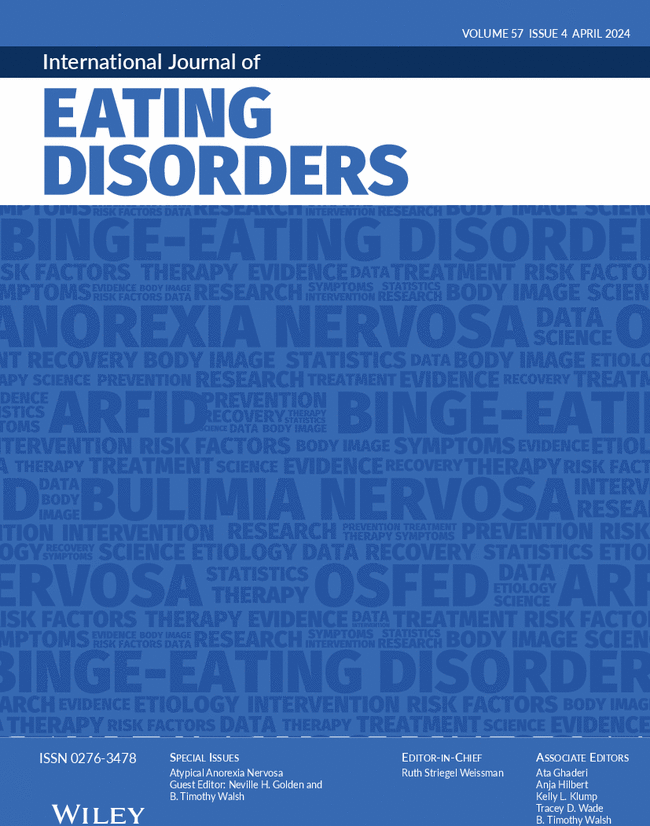Clinical Outcomes Among Adolescents Diagnosed With Anorexia Nervosa During the COVID-19 Pandemic
Abstract
Objective
The COVID-19 pandemic was associated with a significant rise in the incidence of anorexia nervosa (AN) and atypical anorexia nervosa (AAN), longer wait times and reduced opportunities for in-person medical services. How these changes affected clinical outcomes among adolescents newly diagnosed with AN/AAN remains largely unknown.
Methods
We performed a retrospective analysis of standardized intake and follow-up data from a pediatric eating disorder program to compare clinical outcomes among adolescents newly diagnosed with AN/AAN during pre-pandemic (July/2017–December/2018) and pandemic (July/2020–December/2021) periods. Clinical data were collected at the time of diagnosis and at 1-, 3-, 6-, and 12-month intervals. The primary outcomes were unscheduled AN/AAN-related emergency department visits and need for medical hospitalization.
Results
Overall, 253 patients were included (pre-pandemic = 77; pandemic = 176). By 12-months following diagnosis, 18.8% (95% CI 13.3%–25.3%) of patients diagnosed during the pandemic had unscheduled AN/AAN-related emergency department visits, compared to 7.8% (95% CI 2.9%–16.2%, p = 0.03) of those diagnosed pre-pandemic. Medical hospitalization was required more frequently in the pandemic group (35.8%; 95% CI 28.7%–43.4%) compared to pre-pandemic (15.6%; 95% CI 8.3%–25.6%, p = 0.001). Mean weight gain at 12-months did not differ between groups (8.1 kg pre-pandemic vs. 8.8 kg pandemic; p = 0.35) however the mean time to target weight was longer in the pandemic group (2.7 vs. 4.4 months; p = 0.002).
Conclusion
Patients newly diagnosed with AN/AAN during the pandemic had significantly more AN/AAN-related emergency department visits and hospitalizations and took longer to achieve target weight than those diagnosed pre-pandemic. These findings suggest a more complicated treatment course among adolescents diagnosed with AN/AAN during the pandemic.

 求助内容:
求助内容: 应助结果提醒方式:
应助结果提醒方式:


